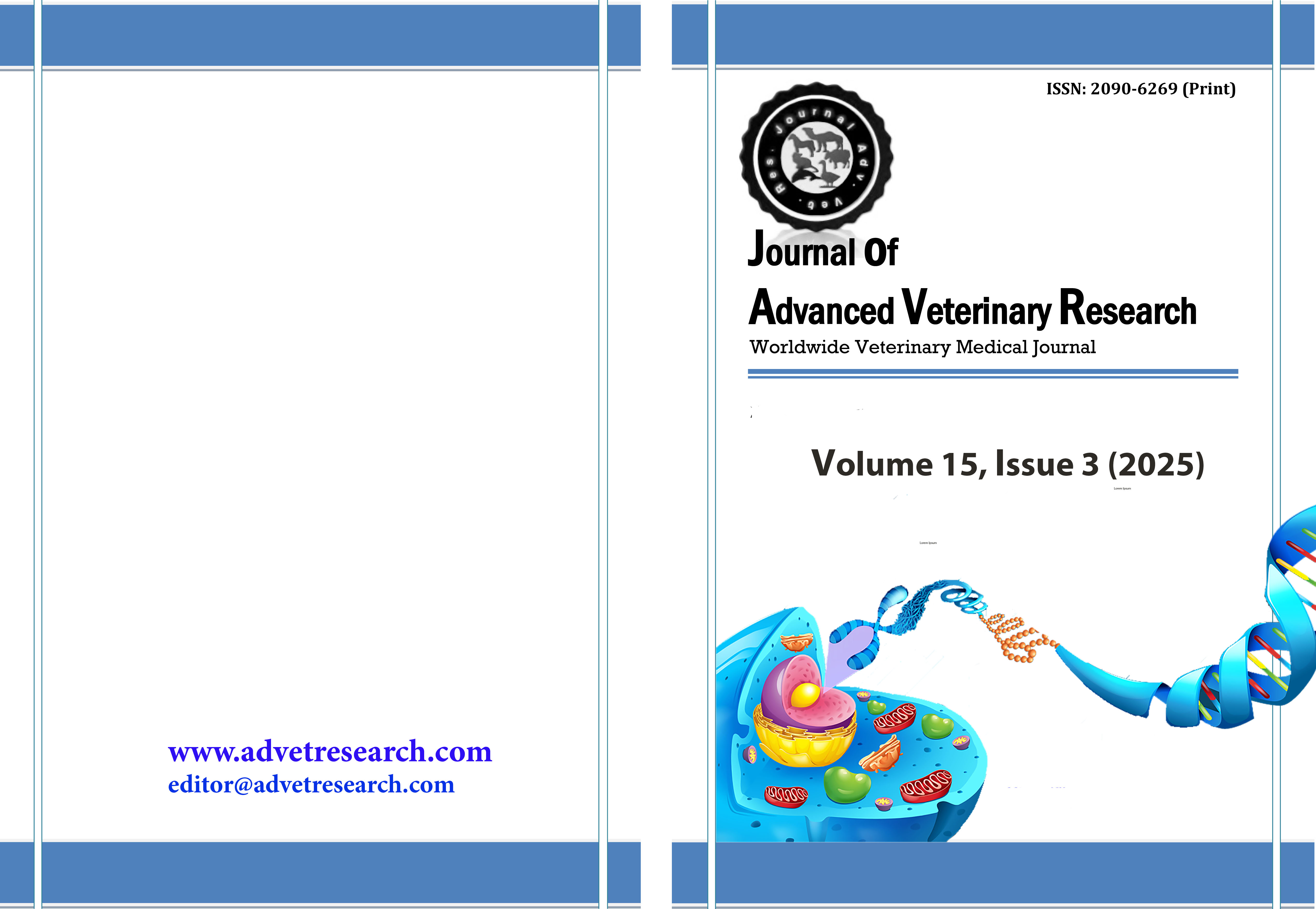Comparison of the quantity and quality of cow ovarian oocytes extracted using aspiration, slicing, and flushing medium techniques
Keywords:
Aspiration, flushing, fertilizer, oocyte, slicingAbstract
High-quality oocyte basis materials are essential for in vitro embryo formation in animal reproductive biotechnology. Researchers revealed that cow oocytes produced in vitro can grow and develop. Selection of oocytes is crucial to in vitro fertilization success and the production of excellent embryos. The aim of study was about the comparison of the number and morphology of oocytes in bovine ovaries obtained through aspiration, slicing and flushing medium techniques. The study used 300 ovaries derived from the remaining slaughtered female cattle in the Surya Slaughterhouse in Pegirian Surabaya. Data obtained included ovarian weight, number of follicles, number and morphology of oocytes, and were then analysed with the SPSS Mann-Whitney test. The results obtained from the study showed that there were differences in the number and morphology of oocytes between aspiration, slicing and flushing medium techniques with a p-value (0.000) < α (0.05). Therefore, H0 was rejected, leading to the conclusion that there were significant differences in the number and morphology of oocytes extracted using between these techniques. The number of oocytes was found to be higher in the slicing method. Morphology of grade A and B oocytes was found to be more prevalent in the aspiration method.
Downloads
Published
How to Cite
Issue
Section
License
Copyright (c) 2025 Journal of Advanced Veterinary Research

This work is licensed under a Creative Commons Attribution-NonCommercial-NoDerivatives 4.0 International License.
Users have the right to read, download, copy, distribute, print, search, or link to the full texts of articles under the following conditions: Creative Commons Attribution-NonCommercial-NoDerivatives 4.0 International (CC BY-NC-ND 4.0).
Attribution-NonCommercial-NoDerivs
CC BY-NC-ND
This work is licensed under a Creative Commons Attribution-NonCommercial-NoDerivatives 4.0 International (CC BY-NC-ND 4.0) license




